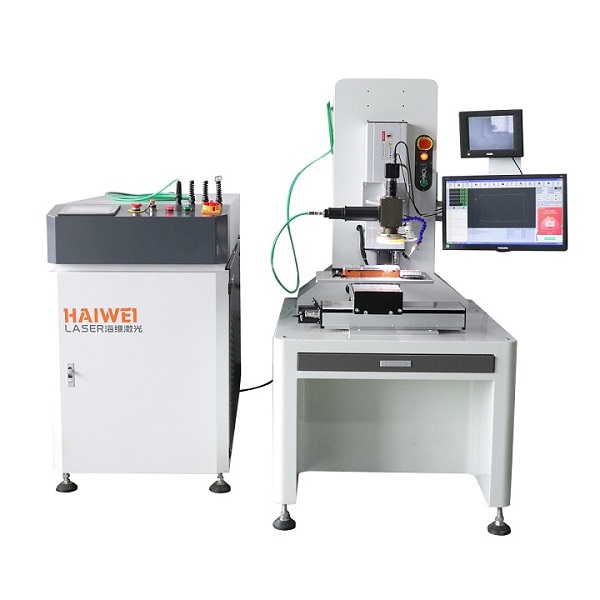Understanding the Axis Precision of Laser Welding Machines
In the realm of modern manufacturing, the precision of laser welding machines stands as a cornerstone for producing high - quality, consistent welds. Among the critical performance indicators, axis precision plays a decisive role, dictating not only the accuracy of weld bead placement but also the overall efficiency and reliability of the welding process. Here, we delve into the nuances of axis precision in laser welding machines.

Key Components Affecting Axis Precision
High-precision linear guides and ball screws are foundational to maintaining accuracy. Servo motors or stepper motors paired with encoders provide feedback for closed-loop control systems, ensuring that each movement is executed precisely as programmed. Advanced models may use linear motors which offer even greater precision by eliminating backlash and reducing mechanical wear.
Environmental Stability and Thermal Compensation
Temperature fluctuations can cause thermal expansion or contraction of the machine frame, affecting axis alignment and repeatability. High-end laser welding machines often feature environmental controls and thermal compensation algorithms to mitigate these effects, ensuring consistent performance throughout operation cycles.
Calibration and Maintenance Practices
Regular calibration using laser interferometers or other precise measuring tools is essential for maintaining axis accuracy over time. It’s important to establish a maintenance schedule that includes checking and adjusting mechanical components, as well as cleaning optics to prevent dust from interfering with beam quality and positioning accuracy.
Software and Control Systems
Sophisticated software plays a crucial role in optimizing axis movements. Features like advanced path planning and dynamic speed adjustment help achieve smoother trajectories and more accurate welds. The ability to store multiple job profiles allows for quick setup changes with minimal downtime, which is particularly beneficial for operations requiring frequent product switches.
Impact on Weld Quality
Axis precision directly influences weld quality by determining the accuracy of the weld bead placement and consistency of weld penetration. Precise motion control ensures that the laser follows the intended path without deviation, resulting in stronger and cleaner welds.
When selecting a laser welding machine, pay close attention to the specifications related to axis precision. Look for features that enhance stability and reduce environmental impacts, and consider the ease of maintenance and calibration. Investing in a system with superior axis precision will lead to higher productivity and reduced waste, making it a worthwhile investment for any manufacturing process. Consulting with experts like Haiwei Laser can provide tailored advice based on specific production needs.
Recent Posts
- What are the advantages of laser welding machines in lithium battery pack production lines?
- What issues should be noted when choosing a lithium battery pack production line?
- Quality Inspection and Control of Lithium Battery Module Pack Production Line
- Cell grouping and sorting process in lithium battery module pack production line
- What are the safety hazards of lithium battery pack production lines and how can they be prevented?
INQUIRY

